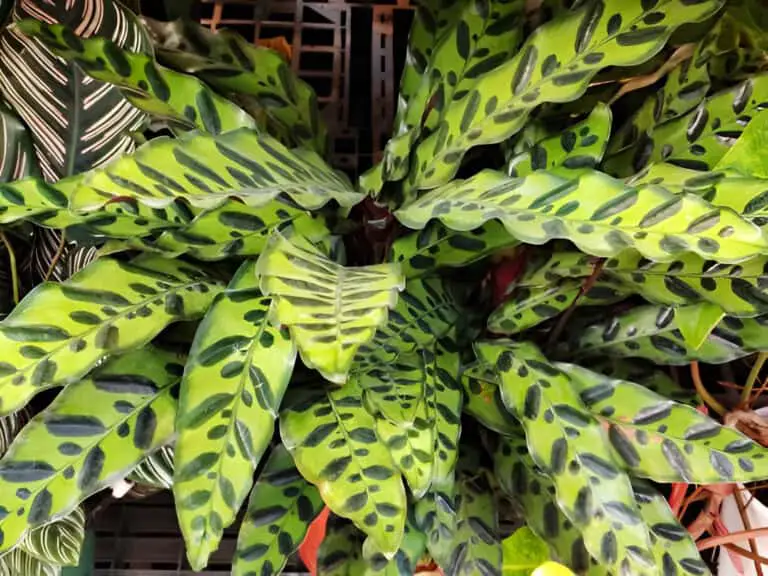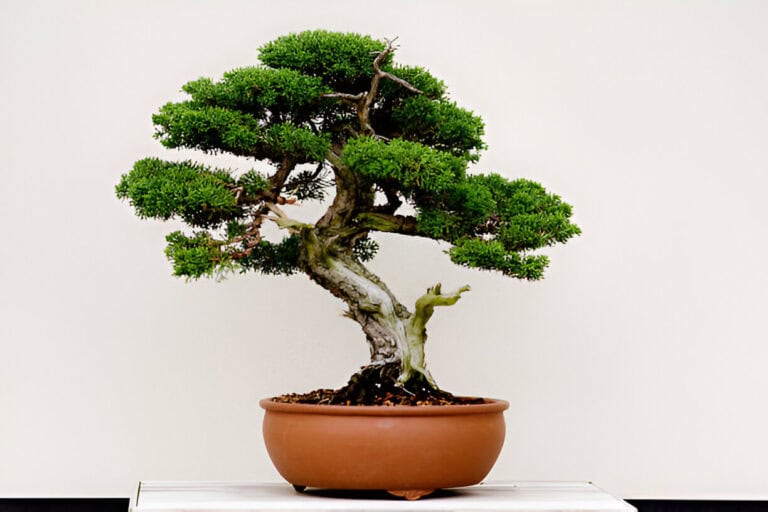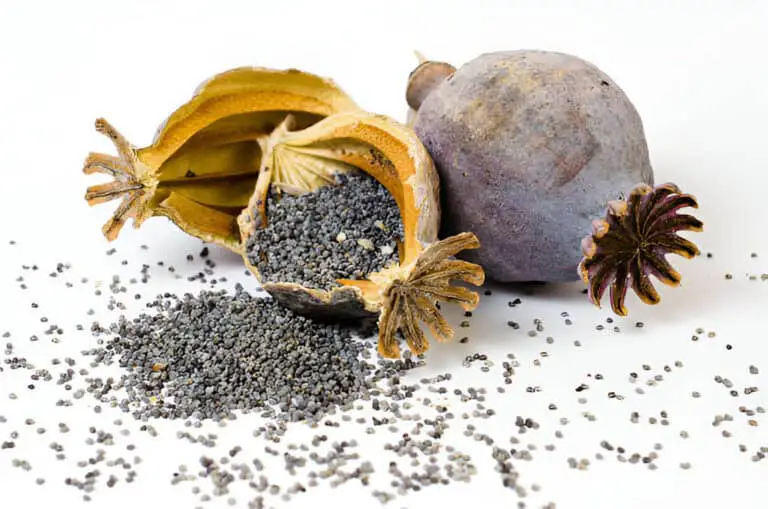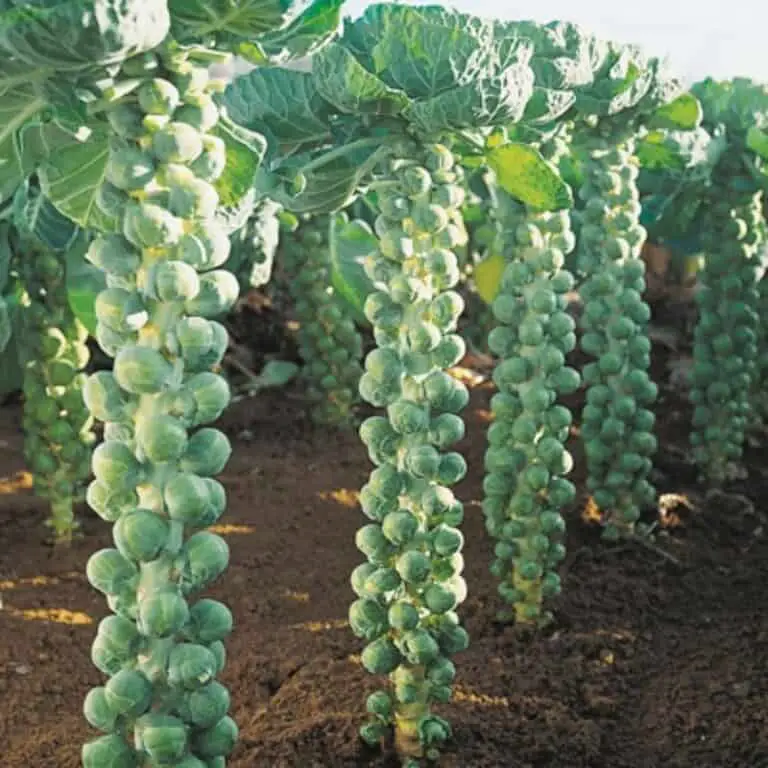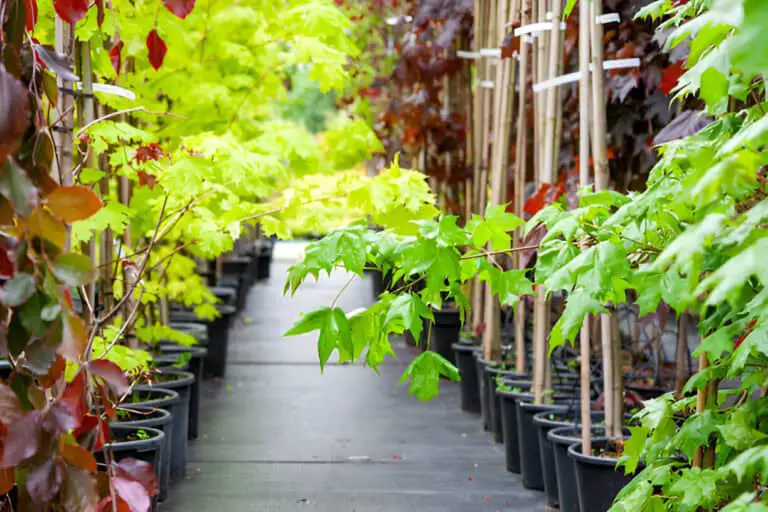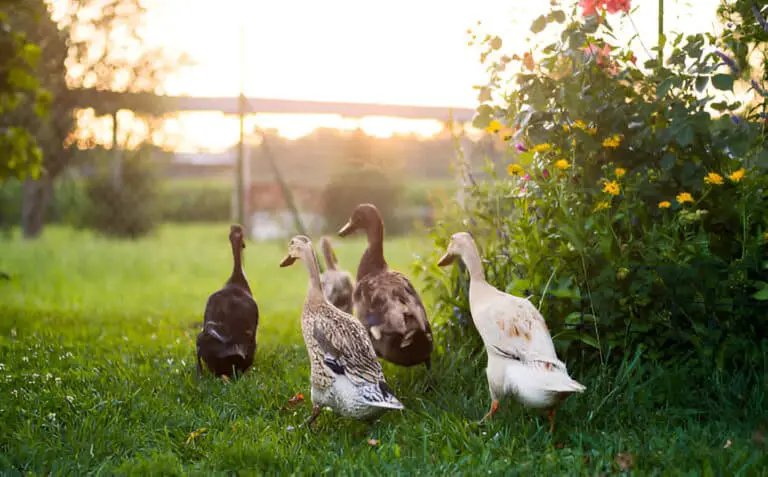Should You Start Hydroponic Plants from Seeds? Pros and Cons
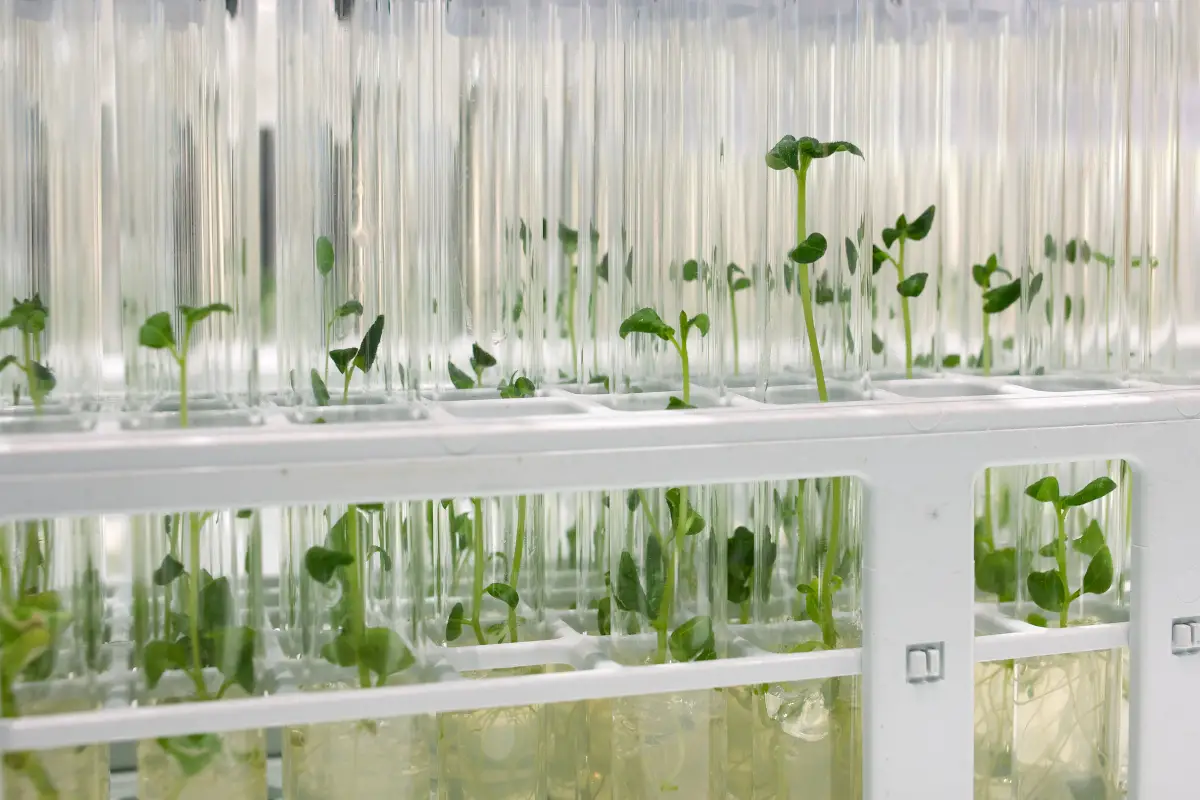
When I first dipped my toes into the world of hydroponics, I quickly discovered the magic of cloning plants from clippings. It’s a no-brainer for beginners—clip, root, repeat. It’s so straightforward and effective that I thought, Why fix what isn’t broken? But as I dived deeper, I realized I was missing out on a whole other world of possibilities by skipping seeds altogether.
Hydroponics has long been a favorite of plant enthusiasts. They want to maximize their plants’ potential. The appeal lies in its unmatched control. You can tweak every variable to meet your plants’ needs. This includes lighting, nutrients, air, water, and temperature.
Imagine being an orchestra conductor. You tune each instrument to create a perfect, harmonious place to grow. This precise control not only lets you grow seasonal plants indoors all year round, but it also teaches you the subtle art of what makes each plant tick.
Understanding Hydroponic Gardening
Hydroponic gardening might sound like something out of a sci-fi movie, but it’s actually a revolutionary way to grow hydroponic plants without soil. Instead of relying on traditional dirt, hydroponics uses nutrient-rich water to feed plants directly. This method allows precise control of nutrients and water. It makes it easier to grow healthy plants in a space-efficient way.
Unlike traditional soil gardening, hydroponics bypasses the soil’s quality. It does not depend on its natural composition. Soil gardening can be unpredictable, with varying nutrient levels and pests to contend with. Hydroponic systems, on the other hand, offer a controlled environment where plants can thrive with minimal interference. This can be especially useful in urban settings where space is limited.
One of the biggest perks of hydroponic gardening is its adaptability to urban environments. Urban areas have limited space and often poor soil. So, they are perfect for hydroponics. These systems save space by letting plants grow vertically or in compact setups. They also reduce the need for large plots of land and minimize water waste. Plus, the ability to grow fresh produce indoors year-round is a game changer for city dwellers looking to green their space.
Why Should We Consider Starting from Seeds?

Now, let’s zoom in on why starting from seeds could be a game-changer. Many hydroponic enthusiasts, myself included at one point, have relied almost exclusively on clippings. It’s so convenient that even seasoned pros can find themselves years down the line having never grown a single plant from a seed. This sparked a desire to explore the often overlooked, but powerful, potential of germinating seeds in hydroponic systems.
Starting from seed isn’t just about filling a gap in your growing experience; it’s about acknowledging the roots (pun intended!) of plant growth. If we perfect light cycles, nutrient mixes, and obsess over temperature and humidity, why do we often neglect the seed, the origin of it all?
It’s easy to overlook, but a plant’s journey begins here, and so does our influence as hydroponic gardeners.
The Pros of Starting Hydroponic Plants from Seeds
- Broader Variety and Selection: Starting from seed opens the door to a vast array of plant varieties, many of which aren’t available as clippings. Imagine browsing a treasure trove of possibilities. You’ll find rare heirlooms and exotic hybrids that your local nursery doesn’t have. This variety not only keeps your garden exciting but also allows you to experiment with different plants to see what thrives best in your setup.
- Cost-Effective Growing: Seeds are typically much cheaper than buying established plants or clones. While clippings save you time, seeds save you money—lots of it, especially when scaling up. Plus, you get the chance to nurture your plants from the ground up, building a stronger connection to your garden.
- Control Over Plant Health and Genetics: By starting from seed, you have a clean slate. You can ensure that your plants are free from pests and diseases that might come with clones. Plus, starting hydroponic from seed gives you the potential to selectively cultivate traits you desire, whether it’s faster growth, better yields, or disease resistance.
The Cons of Starting Hydroponic Plants from Seeds
Of course, it’s not all sunshine and roses. Germinating seeds can be more time-consuming and requires a bit more finesse than clipping and rooting cuttings. Seeds need the right conditions—moisture, warmth, and sometimes a bit of patience—to sprout successfully.
Another hurdle is that seeds can be finicky about their environment. While clippings can be quite forgiving, seeds demand a more controlled atmosphere, especially in their early days. Think of it like caring for a newborn; they’re a bit more delicate, and you have to be on top of your game.
A Simple Start: Using Rockwool Starter Cubes
So, how do we get seeds to take their first leap in a hydroponic system? Enter rockwool starter cubes—a godsend for germinating seeds. These cubes, usually 1-2 inches in size, create a snug, moist environment. It helps seeds sprout into strong, healthy plants with robust roots. They come pre-formed with holes, making it easy to plant seeds at just the right depth without fussing too much.
| Rockwool Cube Sizes | Benefits | Recommended Use |
| 1”x1” | Best value, compact, easy to handle | Standard use, fits most trays |
| 1.5”x1.5” | Slightly larger, good for bigger seeds | More robust root development |
| 2”x2” | Largest, ideal for stronger root balls | Larger seedlings, heavy feeders |
Once your cubes are ready, place them in a grow tray. Add warmth with a heating mat. Keep them moist, not soaked. Water them gently once a day. This cozy setup acts like a plant spa, speeding up germination and giving seeds the best start possible.
The Bottom Line: Seeds or Clippings?
Ultimately, the choice between seeds and clippings boils down to what you’re looking to achieve. If you’re after a quick turnaround and don’t mind sticking to familiar varieties, clippings are your best bet. But, if you want to explore new horizons, start from seeds. It offers a world of opportunities. You can save on costs and experiment with plant genetics.
Seeds are like the blank canvas of the gardening world. They offer you the freedom to create, experiment, and really dive into the art of growing. Yes, they might demand a bit more time and patience, but the payoff—a thriving, diverse, and uniquely yours hydroponic garden—is well worth the effort.
So next time you’re setting up your hydroponic system, why not give seeds a shot? After all, every mighty oak starts with a tiny acorn, and who knows what kind of garden you might grow from a single, humble seed?

